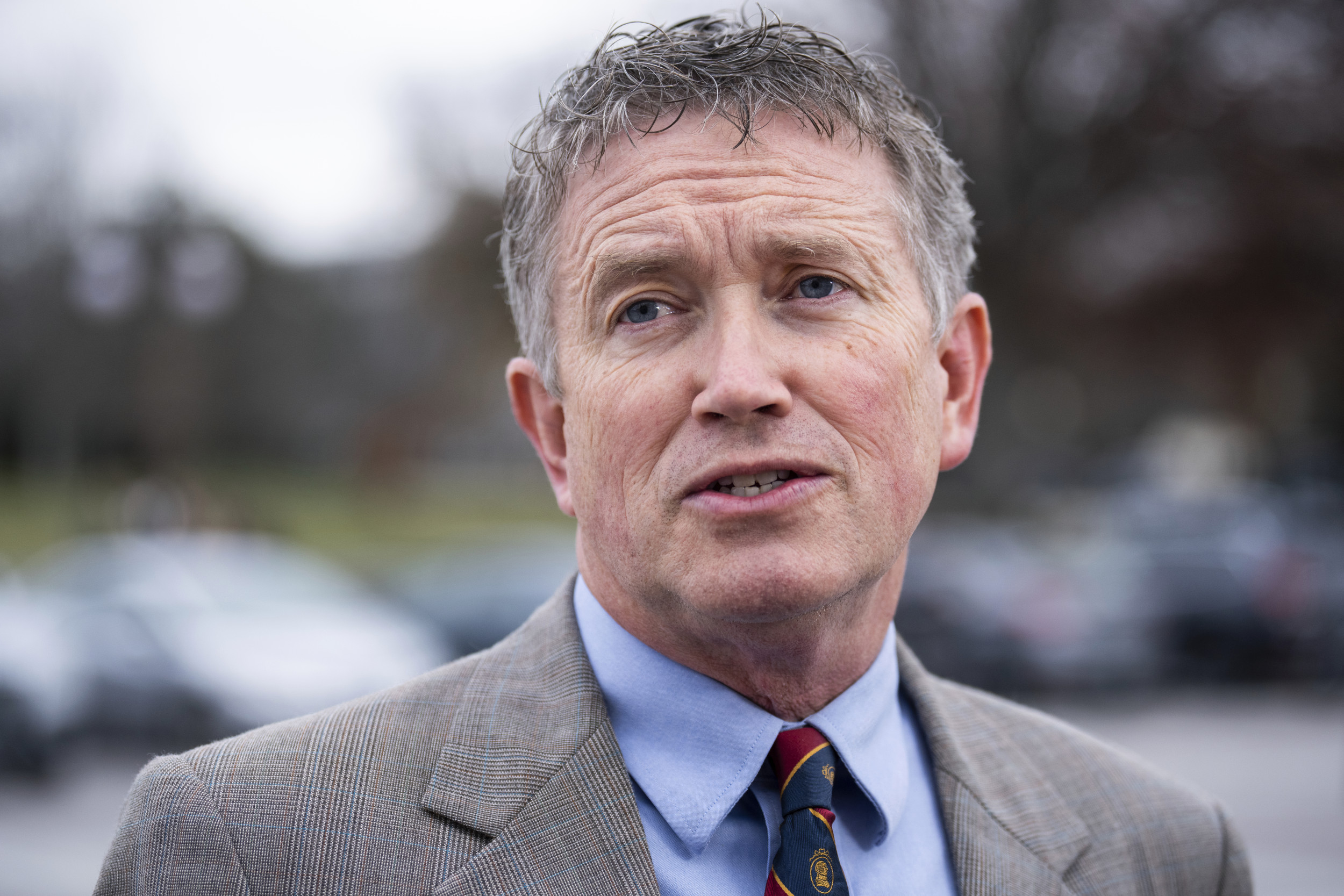What's New
Lake Powell, the second-largest reservoir in the United States, saw relatively stable water levels throughout 2024 compared to the sharp fluctuations of recent years.
Why It Matters
Lake Powell, along with downstream counterpart Lake Mead, provides water to more than 40 million people across seven states and Mexico.
While 2024's relative stability is a positive sign, the broader challenges of managing water in the Colorado River Basin amid growing demand and climate change remain unresolved.
What to Know
The lake began 2024 at 3,568.82 feet above sea level on January 1. Levels dropped until April 17, hitting their lowest point of the year at 3,558.21 feet.
Water levels reached their peak of 3,587.17 feet on July 9, slightly higher than the 2023 peak.
On December 23, the reservoir stood at 3,572.76 feet, about 3 feet higher than the same time in 2023.
Despite the improvements, Lake Powell remains a long way from full capacity—it is just 35.88 percent full.

What's Next?
November and December brought good rainfall, but much of the year's heavy precipitation typically arrives in January and later, leaving the outlook for 2025 uncertain.
The coming year will be pivotal, as the 2026 deadline for negotiating a new water management agreement for the river approaches.
The negotiations have divided the seven basin states into two camps: Upper Basin states (Colorado, Wyoming, Utah, New Mexico) and Lower Basin states (California, Arizona, Nevada). The sides are bitterly divided over how water in the Colorado River should be shared.
Upper Basin states argue that their smaller reservoirs and harsher drought conditions justify maintaining current usage levels. The Lower Basin has already committed to significant cuts and is urging further reductions upstream. The disparity in views on how water shortages should be managed has led to increasing tensions.
In November, the Bureau of Reclamation released five alternative proposals for how to manage the river and, by extension, Lake Powell. None matched earlier state-submitted proposals, signaling a federal push for consensus.
Robert Glennon, regents professor emeritus at the University of Arizona, warned that failure to reach agreement could result in court battles that could derail the bureau's process for decades.
"This would short-circuit the bureau's National Environmental Policy Act process and lead to a decades-long purgatory as the states, tribes and federal agencies wait for courts to sort through the competing claims," Glennon told Newsweek.
Arizona has begun preparing for a potential court battle. Tom Buschatzke, director of the Arizona Department of Water Resources, has requested funding from the governor to support legal action if negotiations fail.
"We think we have a strong case if we have to go to court," Buschatzke, who is Arizona's top water official, told Newsweek.
However, Buschatzke stressed that litigation is a last resort: "If we end up in court, which we don't want, it would be begrudgingly because it's kind of a last-gasp effort."
One of the biggest sticking points in negotiations, according to Glennon, is how to calculate water flows into Lake Powell and other Upper Basin reservoirs.
The Upper Basin wants credit toward new shortage criteria, while the Lower Basin opposes it.
"I am optimistic that they can finesse this problem, reach consensus and submit a unified proposal to the Bureau of Reclamation," Glennon said.
While water levels in Lake Powell got somewhat back on track in 2024, the coming months could prove pivotal in determining where they head for years to come.
Do you have a tip on a science story that Newsweek should be covering? Do you have a question about Lake Mead? Let us know via science@newsweek.com.




















 English (US) ·
English (US) ·